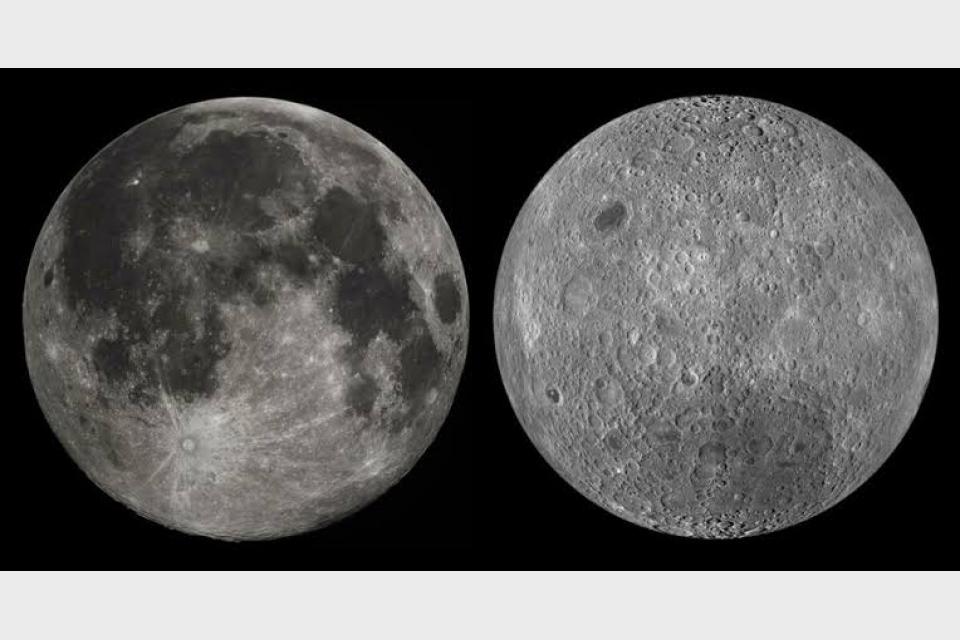As countries race to the Moon, new research reveals a previously unknown mystery of why the two sides of the Moon are so different. The solution to this riddle lies in an ancient asteroid collision that rocked the Moon 4.3 billion years ago.
The collision was so big that it changed the face of Earth's natural satellite, creating an uneven balance between the side visible to us from the planet and the other that remains hidden.
While the nearside (the face that the Moon shows to Earth) is dominated by the lunar mare — the vast, dark-colored remnants of ancient lava flows, Luna's far side is packed with craters and virtually devoid of large-scale lava flows.
In a study published in the journal Science Advances, scientists have explained that this strange geographical contrast between the two sides is due to a giant impact billions of years ago near the lunar south pole. The impact was so big that it wreaked havoc on the moon's mantle.
AN ANCIENT COLLISSION
The new research shows that the impact led to the formation of the Moon’s giant South PoleAitken (SPA) basin, the second-largest impact crater in the solar system. It also created a massive plume of heat that propagated through the lunar interior. This plume, according to researchers, would have carried certain materials — a suite of rare-Earth and heat-producing elements — to the Moon’s nearside.
This concentration of elements would have contributed to the volcanism that created volcanic plains on the side visible to us. “We know that big impacts like the one that formed SPA would create a lot of heat. The question is how that heat affects the Moon’s interior dynamics,” Matt Jones, a Ph.D. candidate at Brown University and the study’s lead author said.
Led by a team of researchers from Brown University, Purdue University, Stanford University, and Nasa's JPL, the team conducted computer simulations of how heat generated by the giant impact would alter patterns of convection in the Moon’s interior. They found that the impact led to a unique development inside the mantle that only affected the near side.
A CRATERED HISTORY
The difference between the nearside and the far side of the Moon was first revealed during the US-led Apollo missions and the Soviet Luna missions. The analysis further revealed differences in the geochemical composition and that the nearside is home to a compositional anomaly known as the Procellarum KREEP terrane (PKT) — a concentration of potassium (K), rare earth elements (REE), phosphorus (P), along with heat-producing elements like thorium.
The study reveals that when the object collided with the Moon it led to major lava flows on the nearside filling the older impact craters. "What we show is that under any plausible conditions at the time that SPA formed, it ends up concentrating these heat-producing elements on the nearside. We expect that this contributed to the mantle melting that produced the lava flows we see on the surface.” Matt Jones added.
“And the South PoleAitken impact is one of the most significant events in lunar history. This work brings those two things together, and I think our results are really exciting,” he added.









